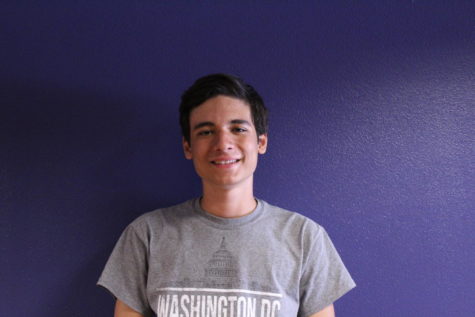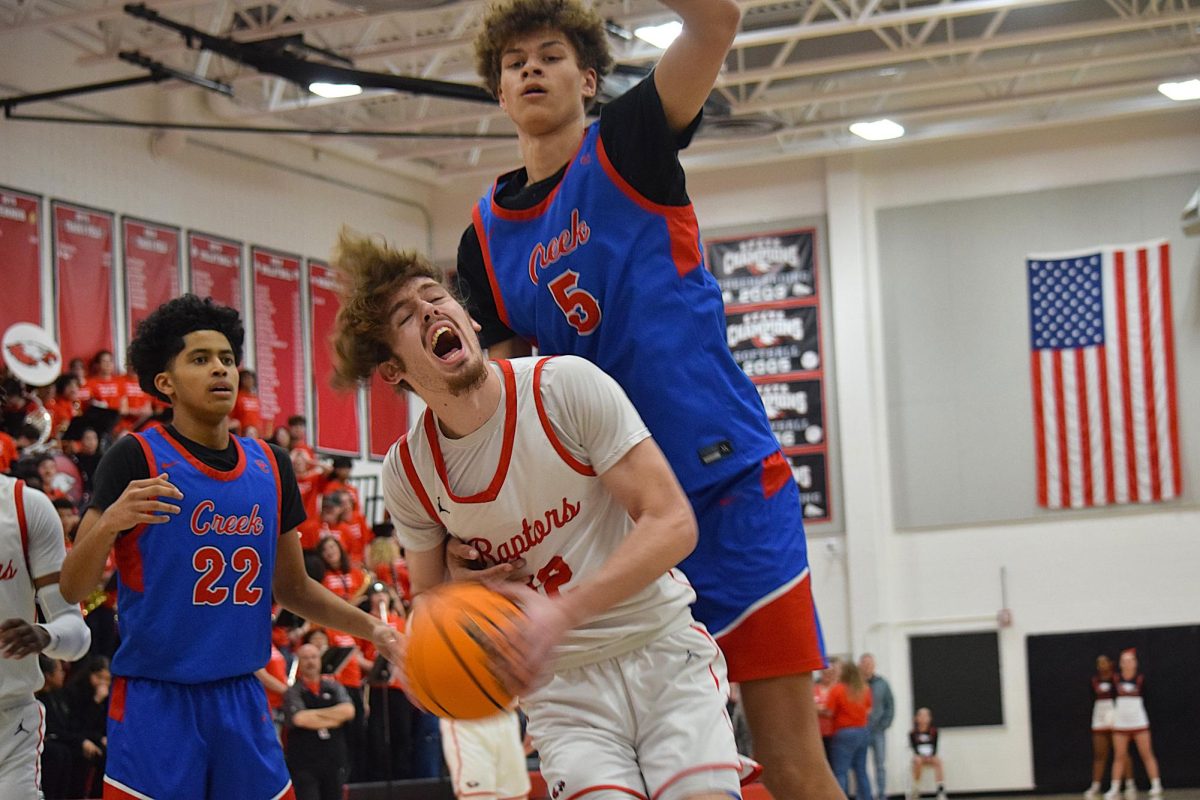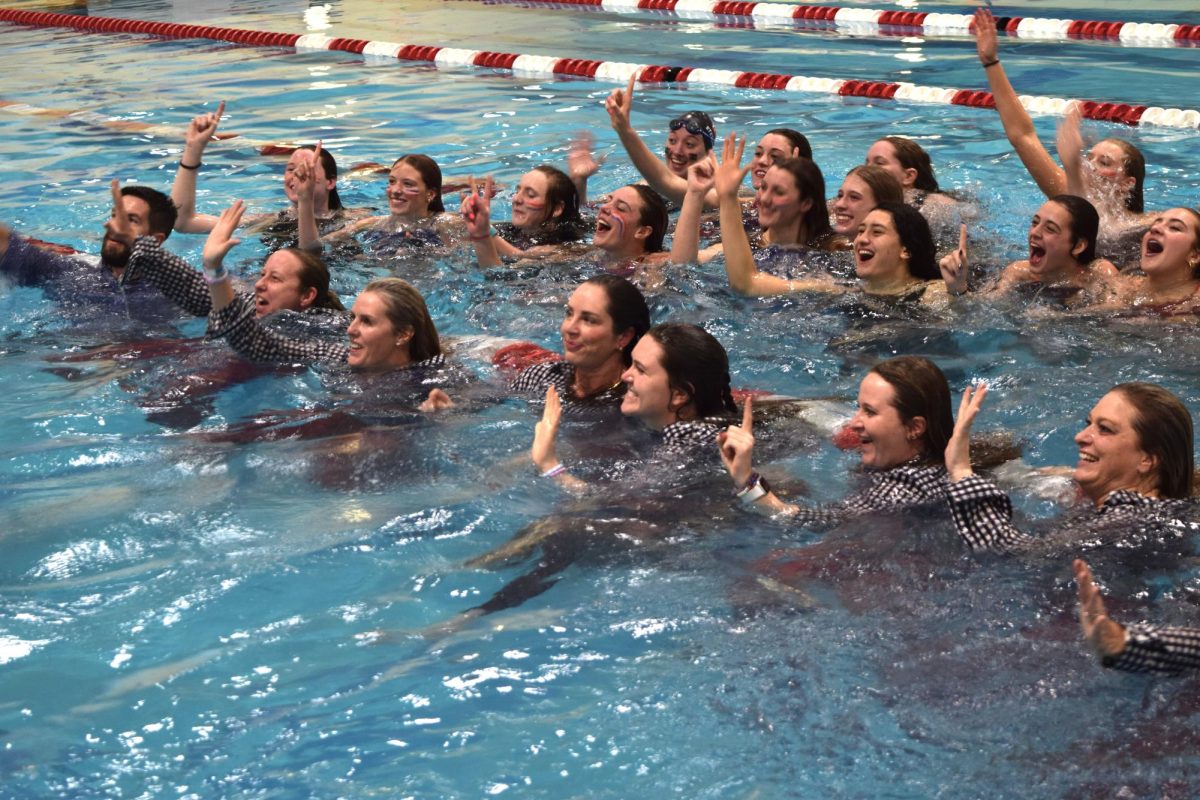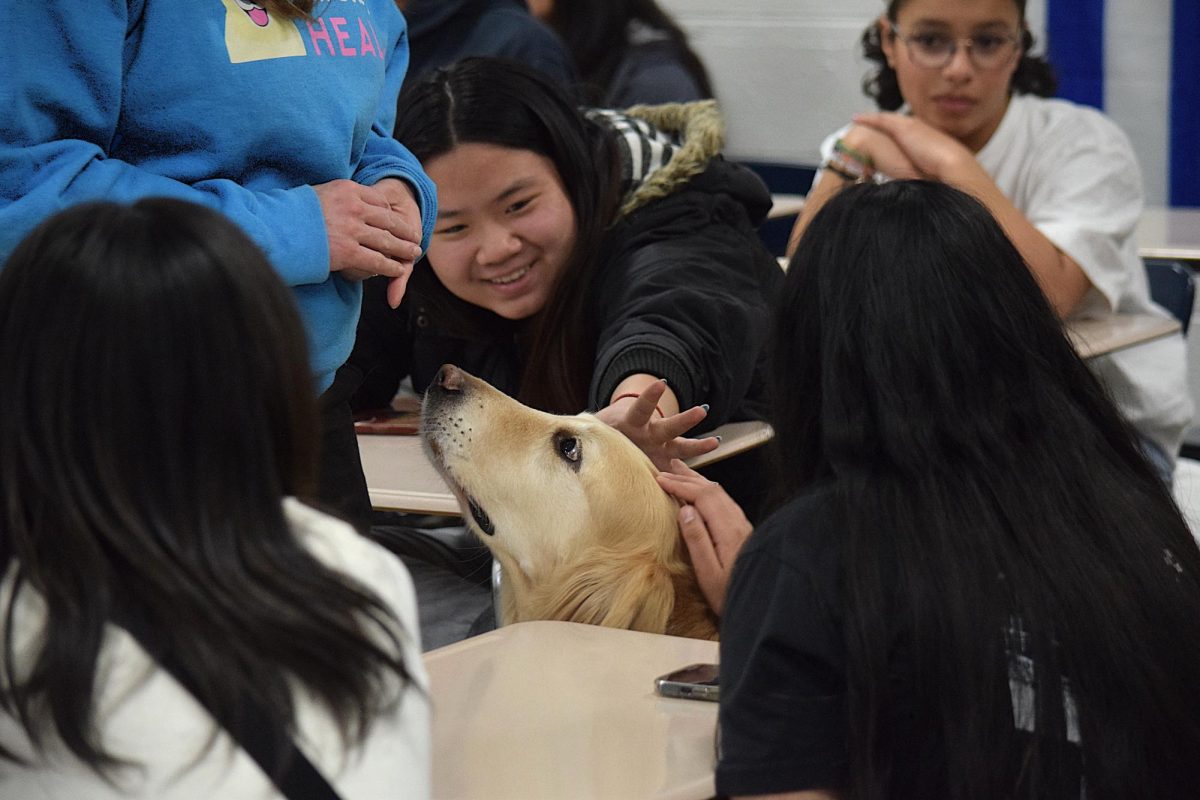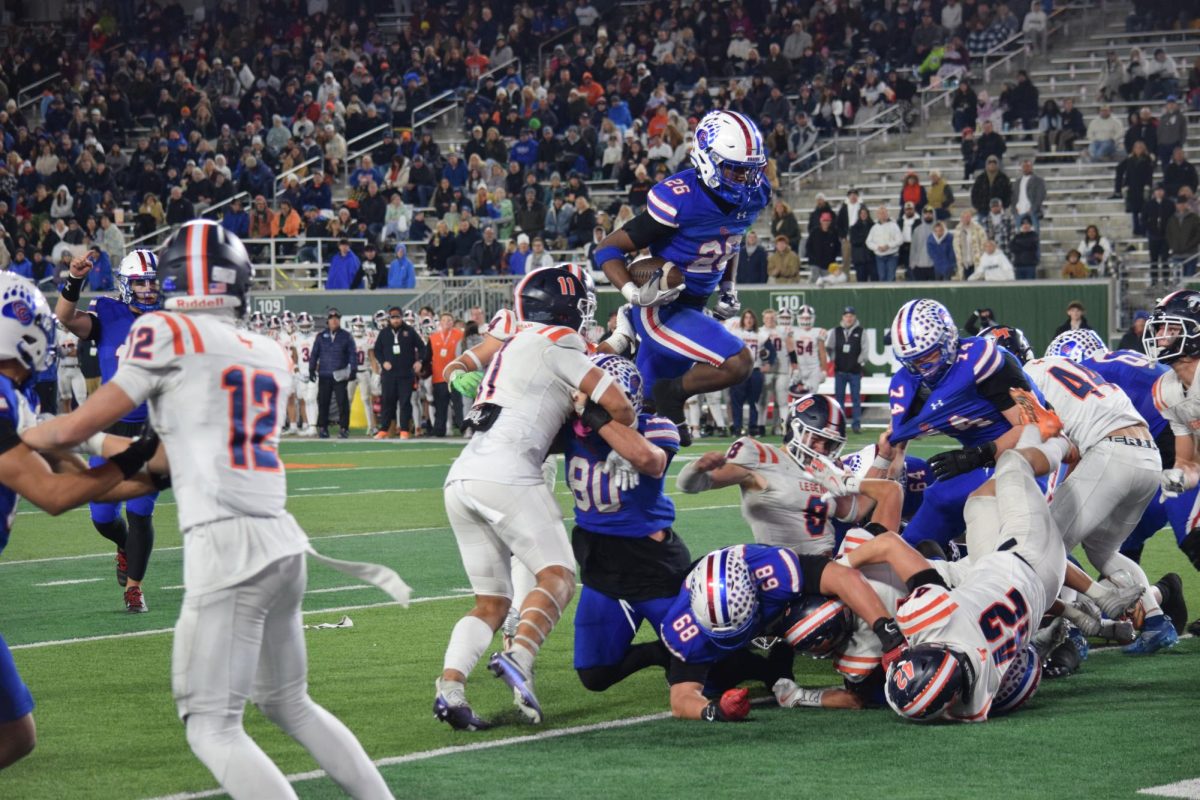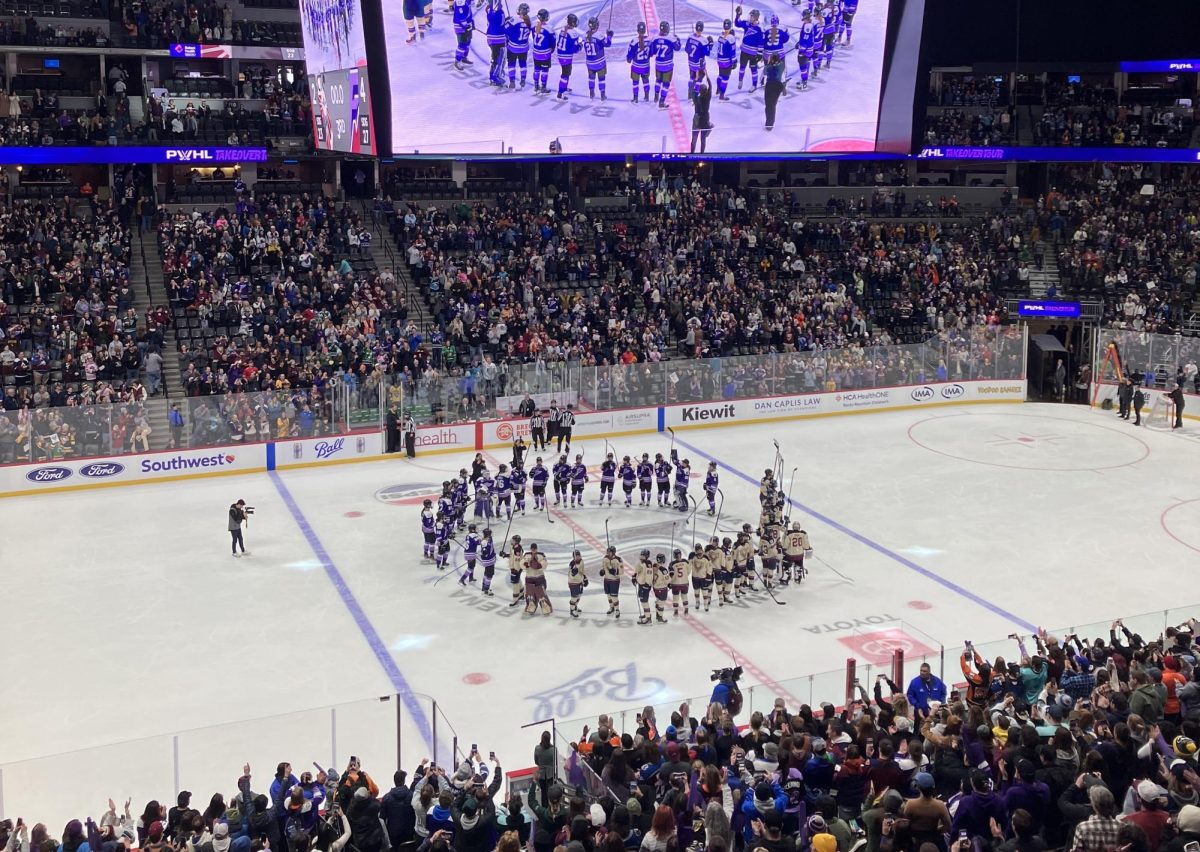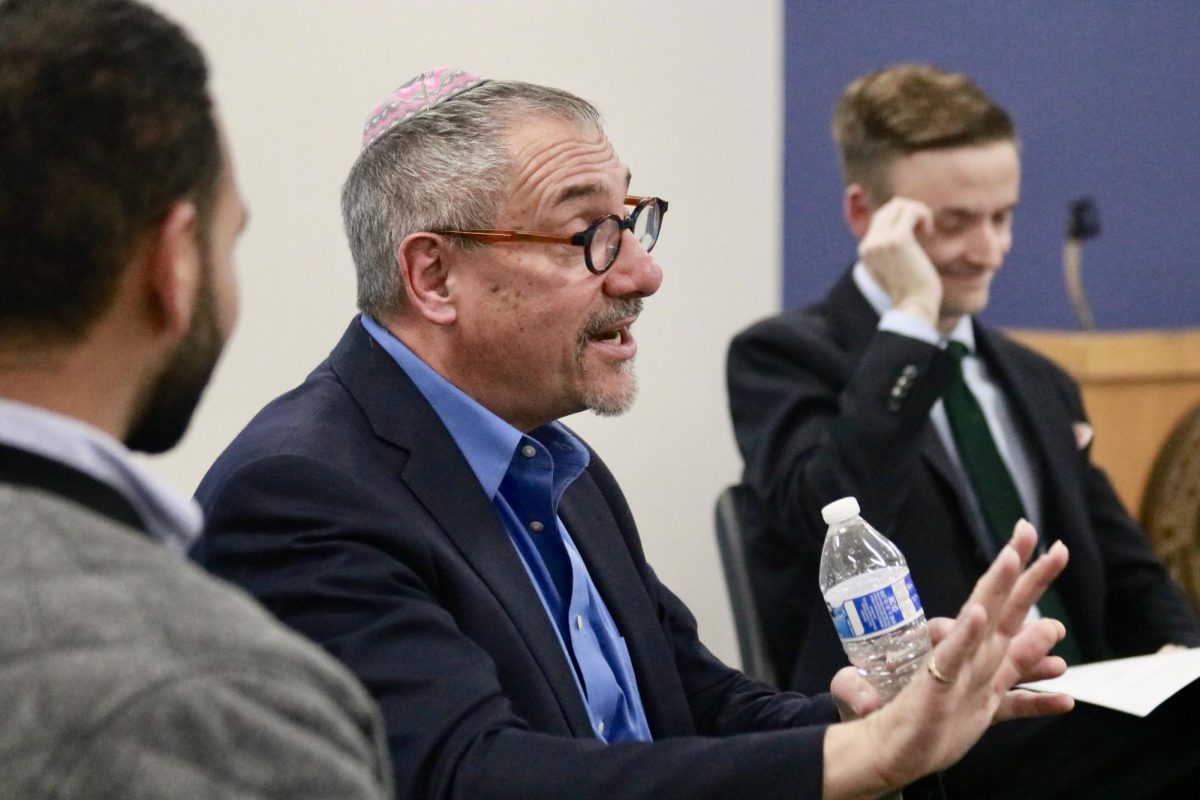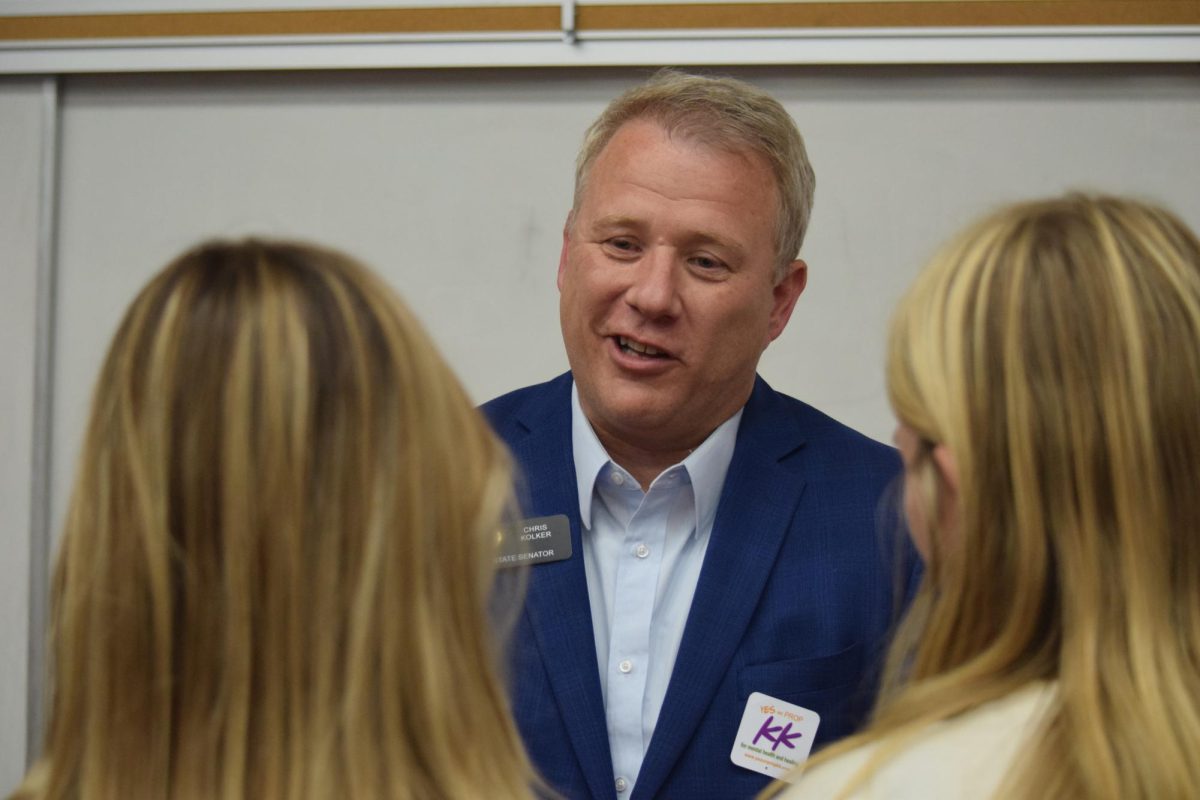Spanish speakers get unique Spanish class
April 2, 2019
If you moved to a new country in which its language is not English, and your new school offered a English class course, would you take it? That is the situation of many Hispanic students who move to the United States. But why would you take a language that you already speak?
“Why do kids that speak English take English?” Said Spanish Teacher Jose Murillo.
Murillo believes that sometimes it may also be a cultural issue for Hispanic kids at Creek.
“They might not know their culture as well, because they were born in America, and they know their culture through whatever they’re exposed to in TV, or maybe by their parents,” Murillo said.
Thinking about this students, last year Murillo started offering a class only for native and heritage speakers. A heritage speaker is one the grew up speaking a language other than English or in addition to English. A native speaker is one that has completed schooling in a Spanish speaking country and has moved to the U.S.
“We noticed that our demographics were changing as far as kids coming to our school from different places, and we saw the need because we noticed that we had native Spanish speakers or heritage speakers placed in Spanish one or Spanish two,” Murillo said. “And when a Heritage speaker is in a class like that I don’t think their needs are being met fully. So we decided to create a class that was going to be taught differently, but only in Spanish to meet the needs of those kids.”
Sophomore Jimena Ortiz Lozano, is a heritage speaker, and was one of the students who took Murillo’s class last year, and even though she grew up learning Spanish at home, she thinks that the class improved her Spanish overall.
“It [helped] a lot because I can speak, read, and write the language, but my grammar in Spanish was not good. So then the class helped me level all of those things out,” Ortiz Lozano said.
Senior Ivana Casillas Martin is also a heritage speaker, and although she grew up speaking Spanish with her parents, she took three year of Spanish at Creek.
“I decided to take Spanish because I never went to school to learn Spanish, I just learned it from my parents,” Casillas Martin said. “I wanted to get better with my grammar, I wanted to learn more about other cultures, get better with understanding stronger vocabulary because I know that could help me out, being bilingual. I feel that helps my language sound more interesting.”
Some might think that someone who already speaks Spanish enters the class just to get and easy ‘A’, or that they have advantage over those who don’t, but second Murillo, that is not the case.
“It is funny because usually when a native Spanish speaker enters a class and he or she is placed at the Spanish at the same level as a non native speaker, they don’t tend to get better grades than a non native speaker,” Murillo said. “Because they don’t understand the structure of the language. They’ve never had a class on the language. So they tend to not do as well as their peers.”
Murillo’s classes for heritage and native speakers wasn’t available this year; however, it is going to be available next year for those who want to learn more about Hispanic culture and grammar.
“In our classes we had studied the language, the grammar, the structure of the language, the culture. We did current events, and that’s something we don’t do as much in our Spanish classes,” Murillo said.

